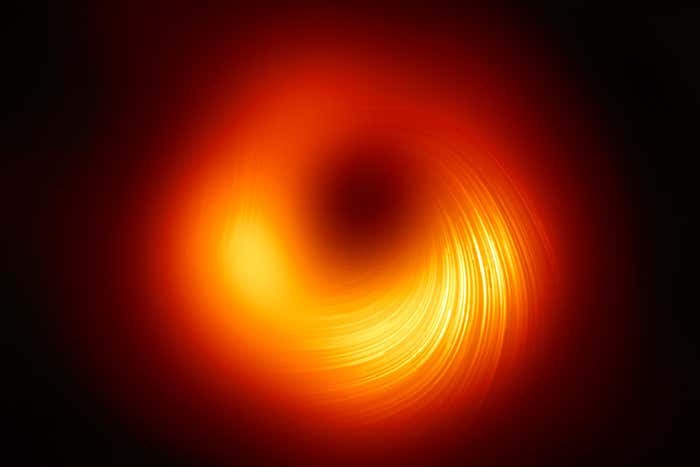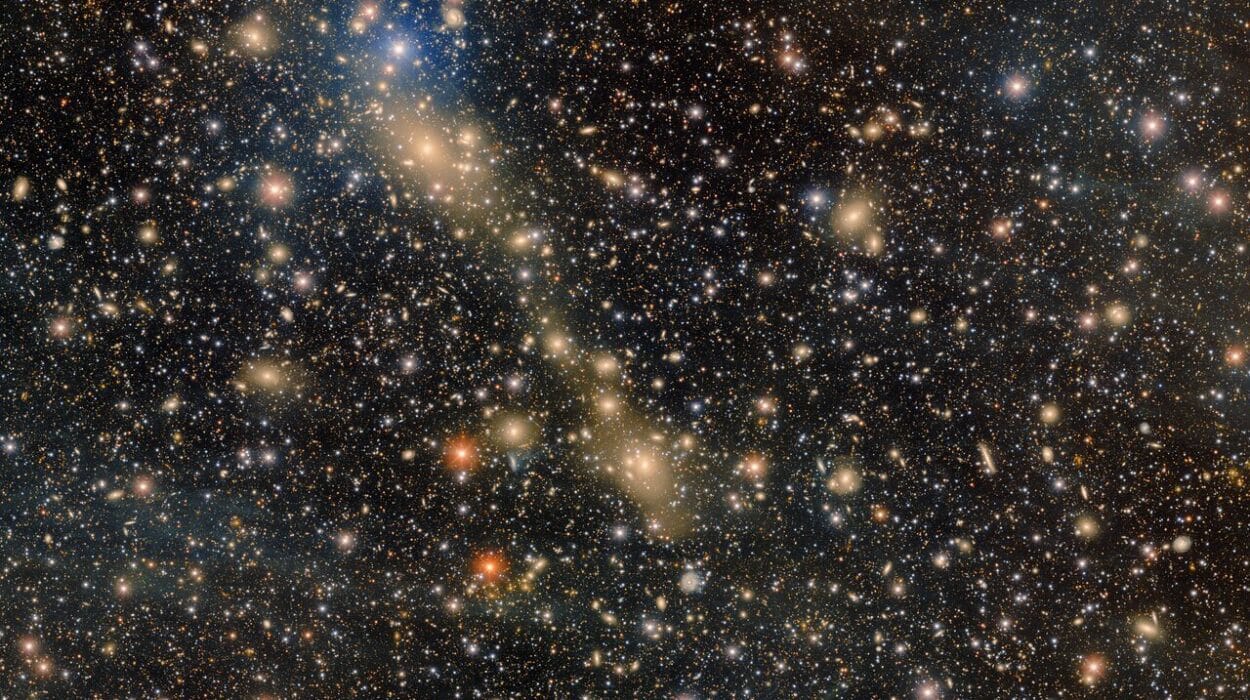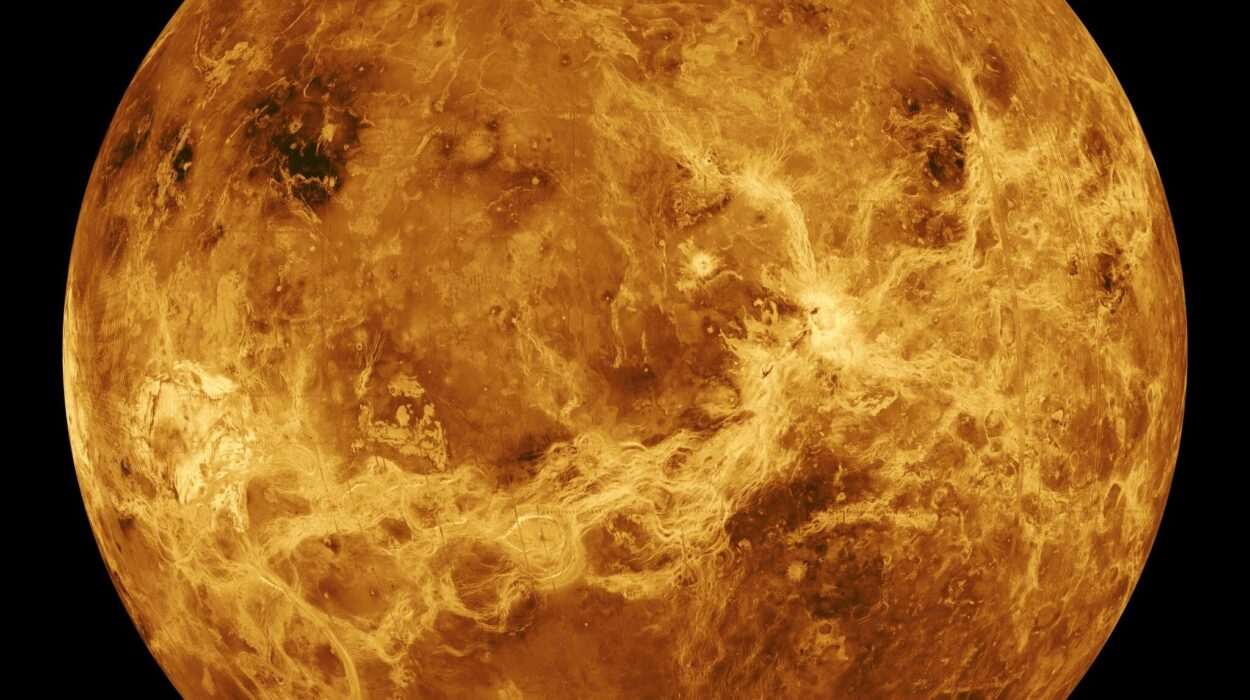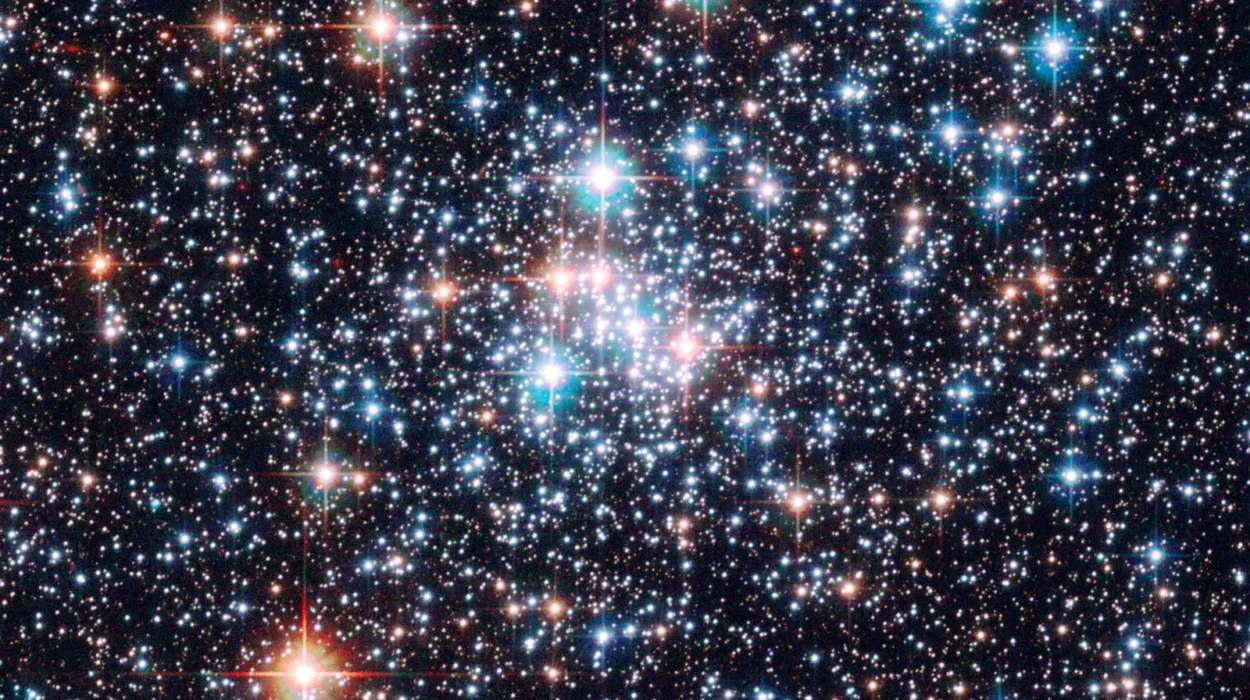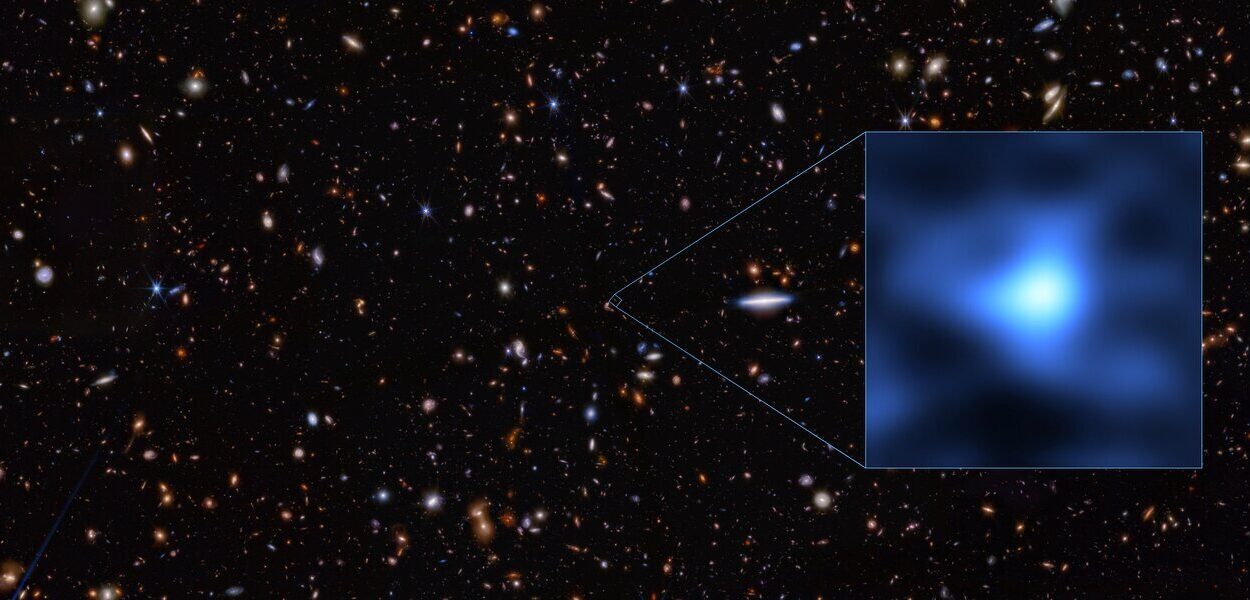There’s something deeply unsettling yet utterly fascinating about black holes. They are the stuff of cosmic nightmares—pitch-black regions of space where gravity is so intense, not even light can escape. To an unsuspecting traveler, they might seem like invisible death traps, but to scientists and dreamers alike, they might represent something even more intriguing. Could black holes be portals to another dimension?
The idea is as old as our myths about mysterious doorways to other worlds. But with black holes, we’re not just dabbling in fantasy—we’re flirting with real physics, the kind that stretches our understanding of space, time, and reality itself. So, buckle up. We’re about to plunge into the heart of the most mysterious objects in the universe and explore whether they might actually be gateways to places we can barely imagine.
What Is a Black Hole, Really?
Before we speculate wildly (and we will), let’s ground ourselves in some facts. A black hole forms when a massive star burns through its nuclear fuel and can no longer fight against the relentless pull of gravity. If the remaining core is heavy enough, it collapses under its own weight, crushing itself down to an infinitely dense point called a singularity.
Around this singularity is the event horizon—the boundary beyond which nothing can return. Think of the event horizon as the ultimate point of no return. Cross it, and you’re lost to the universe. Forever.
Black holes come in different sizes:
- Stellar black holes form from collapsing stars.
- Supermassive black holes, millions or billions of times more massive than our sun, lurk at the centers of galaxies, including our own Milky Way.
- Intermediate black holes are somewhere in between.
- And there’s even speculation about primordial black holes, tiny but massive relics from the early universe.
But what happens inside them? And could they connect to… somewhere else?
The Singular Mystery: What Lies at the Center?
The singularity at the center of a black hole is the ultimate enigma. According to Einstein’s general theory of relativity, it’s a point of infinite density and zero volume—a place where the laws of physics as we know them break down.
But infinite density? That doesn’t sit well with physicists. It suggests our understanding is incomplete. Somewhere, the laws of quantum mechanics, which govern the tiniest particles, should step in and save the day. Unfortunately, we don’t yet have a theory that combines quantum mechanics with general relativity—no quantum gravity theory that tells us what really happens at the singularity.
And yet, the singularity might not be the end. Some scientists think it could be a bridge—a passage to something on the other side.
Wormholes: Theoretical Gateways Through Space and Time
Enter the wormhole. If black holes are terrifying cosmic traps, wormholes are the stuff of science fiction hope—a potential way to zip through space and time. A wormhole is like a tunnel connecting two separate points in spacetime. If they exist, they could connect two distant parts of our universe—or two entirely different universes.
The idea of a wormhole comes straight from the equations of general relativity. In 1935, Einstein and physicist Nathan Rosen worked out a theoretical model of a wormhole, known as the Einstein-Rosen bridge. And guess what they used? The same math that describes black holes.
Some scientists have speculated that what we call a black hole could actually be one mouth of a wormhole. The singularity at the center wouldn’t be an endpoint—it would be the entryway to a passage. On the other side might be… who knows? Another place, another time, another dimension.
White Holes: The Hypothetical Opposite
If black holes suck in matter and light, could there be something that spits them out?
That’s where white holes come in. They’re a theoretical counterpart to black holes—regions of spacetime where matter and energy can escape, but nothing can enter. In essence, the ultimate cosmic one-way street. If black holes are entry points, white holes could be the exit doors.
Some scientists speculate that a black hole and a white hole might be connected by a wormhole. Matter falling into a black hole could emerge from a white hole elsewhere in space—or even in another universe.
No one’s ever found a white hole, but the math suggests they’re possible. And if they exist, they could complete the “bridge” that turns a black hole into a gateway.
Parallel Universes and the Multiverse Hypothesis
The idea that black holes could be portals gains momentum when you consider the multiverse hypothesis. Some theories of physics suggest that our universe might be just one of many. Each universe could have its own laws of physics, its own galaxies, stars, and life.
Now, imagine black holes as doorways between these universes. Falling into one could eject you into a parallel cosmos with entirely different rules. Wild? Yes. Impossible? Not necessarily.
The cyclic universe theory even suggests that new universes are born inside black holes. As a star collapses into a black hole, the energy and matter inside could create a new universe—completely separate from ours, with its own spacetime.
In this view, black holes are like cosmic seeds. Every time one forms, a new universe might spring into existence inside it. We can’t see or interact with these universes, but they could be out there, multiplying endlessly.
Time Travel and Black Holes
Here’s where it gets really fun (or weird, depending on your tolerance for mind-bending ideas).
Because of the way black holes distort spacetime, time itself behaves strangely around them. If you orbit close to the event horizon, time slows down relative to someone farther away. It’s a phenomenon called gravitational time dilation, and it’s not just theoretical—it’s been confirmed by experiments and observations.
But what if you could use a black hole (or a wormhole connected to one) as a time machine? Theoretically, if you could stabilize a wormhole and move one end of it at relativistic speeds (close to the speed of light), time would pass differently at each end. Step through, and you might emerge in the past—or the future.
Of course, there’s the small problem of massive amounts of radiation and gravitational forces that would spaghettify (yes, that’s the technical term!) anything that got too close. But still, the math suggests it’s possible.
Spaghettification: A Grim Reality Check
Speaking of spaghettification, let’s take a reality check.
The gravity near a black hole’s event horizon is so extreme that it stretches objects into long, thin shapes—like spaghetti. If you were falling into a black hole feet first, your feet would be pulled much harder than your head. The result: you’d be stretched until you became a thin stream of atoms.
This is probably the fate of anything that gets too close to a stellar-mass black hole. Supermassive black holes might be kinder—if you fell into one, you might not feel much at the event horizon because the tidal forces are weaker. But the singularity still awaits, and what happens there is anyone’s guess.
Could a wormhole somehow bypass spaghettification? Maybe. If a stable wormhole exists (and that’s a big if), the physics inside it could be completely different. Some theories propose that exotic matter—matter with negative energy density—could hold a wormhole open and prevent collapse. Exotic matter could also protect travelers from deadly tidal forces.
But we haven’t found exotic matter yet. For now, it’s just theoretical.
The Holographic Principle: Are Black Holes the Key to Reality?
Here’s an idea that sounds like science fiction but has serious physics behind it: the holographic principle.
Physicist Leonard Susskind and Nobel laureate Gerard ‘t Hooft proposed that the information inside a region of space could be encoded on its boundary. In other words, everything that happens inside a black hole could be represented on its event horizon, like a hologram.
This principle extends to the universe as a whole. Some physicists suggest that our 3D reality might be a projection of information stored on a 2D surface—kind of like a cosmic hologram.
Black holes are central to this idea. When something falls into a black hole, information about it seems to disappear—but according to the holographic principle, it’s stored on the event horizon. The black hole paradox, which pits quantum theory against general relativity, may find a solution here.
But if black holes are holographic record-keepers, could they also be gateways to something deeper—an underlying reality where dimensions are just illusions?
Black Holes in Popular Culture: Mirrors of Our Fascination
Our fascination with black holes isn’t limited to scientists with chalkboards full of equations. Black holes have inspired some of the most imaginative science fiction ever created.
In Christopher Nolan’s Interstellar, the black hole “Gargantua” is a realistic depiction based on real physics. The film explores time dilation near the event horizon and even suggests that a black hole might be a place where higher-dimensional beings could communicate.
The Stargate franchise imagines black holes as sources of enormous power—and even as dangerous time traps. Countless books, games, and movies use black holes as portals, weapons, or cosmic mysteries.
Why? Because black holes tap into our deepest fears and hopes. They’re the unknown—the cosmic frontier where anything might be possible. Even passage to another dimension.
Could We Ever Travel Through a Black Hole?
Here’s the million-dollar question: could we actually travel through a black hole?
Right now, it seems unlikely. The intense gravitational forces, radiation, and the singularity itself would destroy anything that tried. But if wormholes exist—and if we could find or create one stabilized with exotic matter—we might have a shot.
There’s also the possibility of quantum tunneling. In quantum mechanics, particles can sometimes bypass barriers they shouldn’t be able to cross. Could a similar principle apply on a larger scale? Could we somehow tunnel through the event horizon without being torn apart?
It’s highly speculative. But every scientific breakthrough starts with wild ideas.
Black Holes as Cosmic Recycling Centers
Here’s another way to think about black holes: as cosmic recycling machines.
Matter and energy fall into a black hole. Over time, black holes emit something called Hawking radiation—a slow trickle of particles that causes them to lose mass and eventually evaporate. When they vanish, what happens to the information they once held? That’s the famous black hole information paradox.
Some physicists believe that information is preserved and somehow released back into the universe. Others think black holes birth new universes where that information continues in another form. Either way, black holes don’t just destroy—they transform.
And in that transformation, they might open doors we can’t yet perceive.
Conclusion: Cosmic Gateways or Cosmic Graveyards?
Are black holes portals to another dimension? Right now, we don’t know. But we have theories—some rooted in solid physics, others in daring imagination—that suggest it’s possible.
Black holes challenge everything we think we know about reality. They bend space, stretch time, and hint at secrets far beyond our current understanding. Whether they’re gateways to parallel universes, time machines, or simply the universe’s ultimate recycling bins, one thing’s clear: they’re not just holes. They’re keys to the deepest mysteries of existence.
And maybe—just maybe—somewhere out there, in a distant galaxy or a hidden corner of our own, a black hole is waiting to be the door to somewhere new.
Until then, we can only imagine—and keep exploring.
